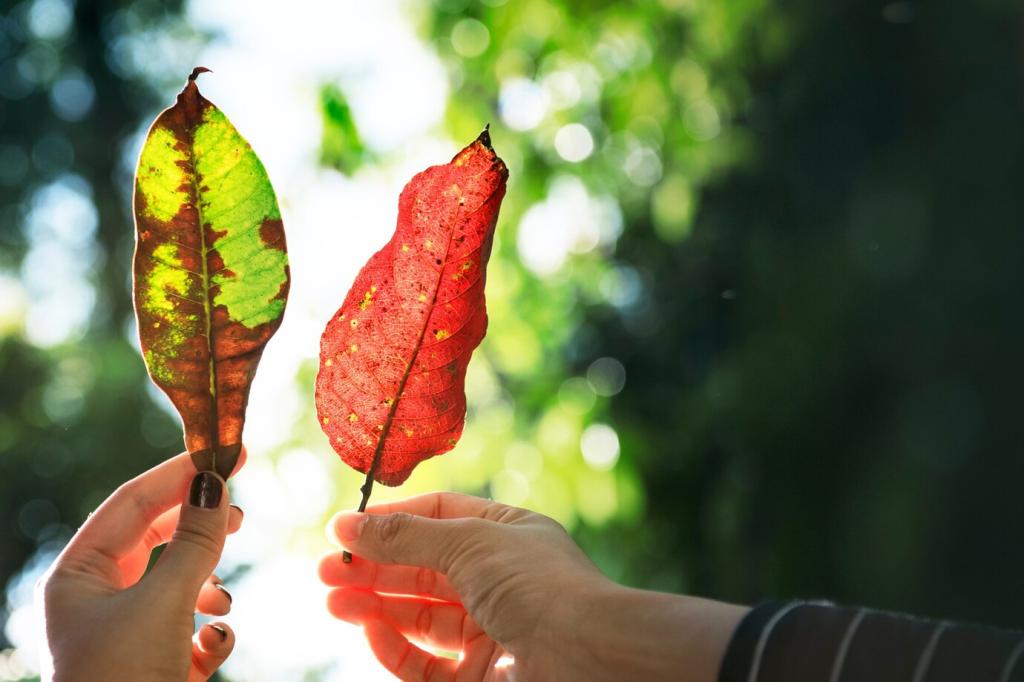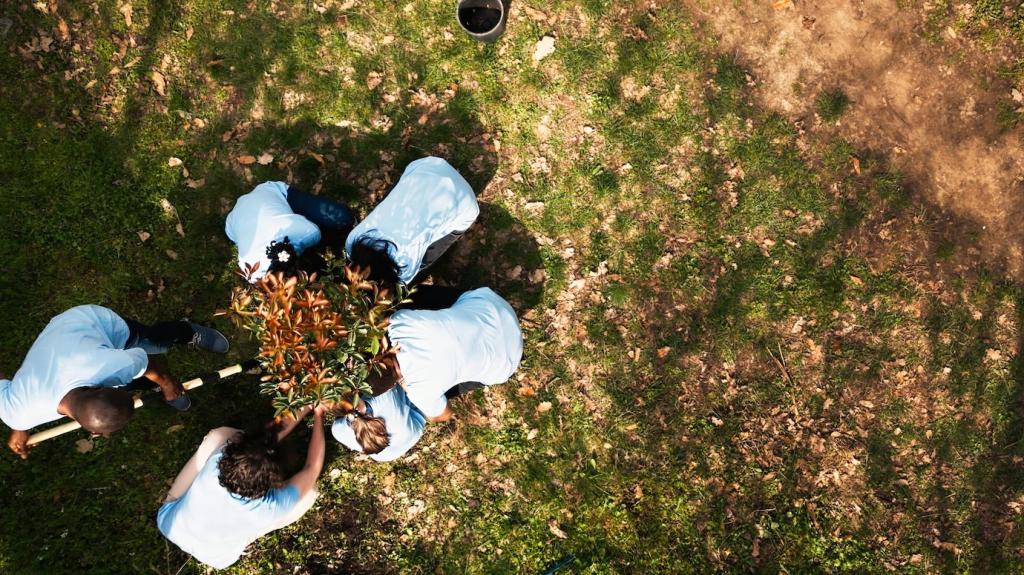Biophilic Design Strategies for Urban Apartments
Maximizing Natural Light
Strategically positioning windows or choosing apartments with optimal window exposure can dramatically increase daylight penetration. In existing layouts, using sheer or translucent curtains helps diffuse sunshine without harsh glare, creating a soft, pleasant illumination. Window treatments that prioritize daylight rather than block it make spaces feel open and energized while granting privacy. Adjusting furniture layouts to avoid obstructing window areas also maximizes daylight access, inviting the outdoors inside.

Integrating Living Plants
01
Container gardens offer flexibility for city dwellers, as they can be tailored to fit any space, from expansive windowsills to tiny balconies. By grouping plants in harmonious arrangements, residents can create micro-landscapes that reflect personal style and bring biodiversity indoors. Varying plant heights, shapes, and colors adds visual interest, while movable pots make maintenance and repositioning effortless.
02
When floor space is at a premium, vertical gardens provide an efficient and dramatic way to increase greenery. Living walls—comprised of modular planting systems attached to vertical surfaces—can host a variety of mosses, ferns, and trailing vines, transforming unused wall space into a lush, green focal point. Vertical gardens enhance air quality and act as natural art, reinforcing the apartment’s organic feel.
03
Urban lifestyles may not leave ample time for intensive plant care, making low-maintenance species a practical solution. Hardy indoor plants such as snake plants, pothos, and peace lilies thrive in various lighting conditions and require minimal attention. Choosing self-watering planters or hydroponic systems can reduce maintenance needs further, allowing even the busiest apartment dwellers to enjoy the healthful advantages of indoor plants.
Natural Materials and Textures
Incorporating wooden elements—from flooring to exposed beams or furniture pieces—fosters warmth and comfort within an apartment. Variations in grain, tone, and finish tell the unique story of each piece, bringing authenticity into modern interiors. Salvaged or sustainably sourced wood provides not only character but also aligns with eco-friendly values, reinforcing the commitment to natural living.

If a city apartment overlooks parks, treetops, or gardens, arranging furniture to highlight these views maximizes exposure to natural scenery. Installing large, unobstructed windows or glass doors can draw the eye outward, emphasizing the presence of greenery beyond the apartment walls. Thoughtful window placement becomes a visual invitation to nature, reinstating perspective and relief from city intensity.


Compact tabletop fountains can be placed on consoles, shelves, or side tables, offering the soothing sound of gently moving water without occupying much space. Aquariums—whether for fish or aquatic plants—provide living, dynamic displays that mesmerize and relax viewers. These small-scale installations create focal points while introducing sensory diversity into an apartment’s design.

Where real water sources aren’t feasible, the suggestion of water through art and décor maintains the biophilic effect. Sculptures, wall art, or textiles featuring ripple, wave, or droplet motifs evoke the presence of water. Glazed ceramics and shimmering glass objects reflect light as water does, subtly infusing interiors with aquatic themes and fostering a sense of calm.

Technological innovations now allow even small city apartments to host sophisticated water features. Low-noise indoor waterfalls, misting devices, or digitally animated water panels bring the benefits of water interaction without major installation challenges. With smart controls, users can tailor sounds, flow rates, or effects, making water a versatile, accessible element for biophilic design in the city.

Previous
Next

Movable Green Screens and Dividers
Freestanding plant screens or portable planters serve as flexible dividers, allowing residents to reshape the layout according to their needs. These green partitions offer privacy while maintaining openness and can be easily repositioned to maximize sunlight or create temporary nature-inspired retreats. This mobility introduces variability, echoing the fluidity of outdoor landscapes.

Modular Furniture With Natural Touches
Adaptable furniture—such as stackable stools, collapsible tables, or sofa beds—maximizes utility without compromising on aesthetics. Selecting pieces crafted from organic materials or featuring natural finishes strengthens the connection to the outdoors while supporting multifunctional living. Modular furniture encourages rearrangement and experimentation, keeping the living environment engaging and lively.

Changeable Décor for Seasonal Connection
Rotating decorative elements in tune with the seasons renews residents’ contact with nature’s cycles. Swapping out pillows, textiles, or art that reflects the colors and moods of the current season brings dynamism to interiors. This practice fosters anticipation and awareness of seasonal changes—key tenets of biophilic design—even within the heart of the city.
